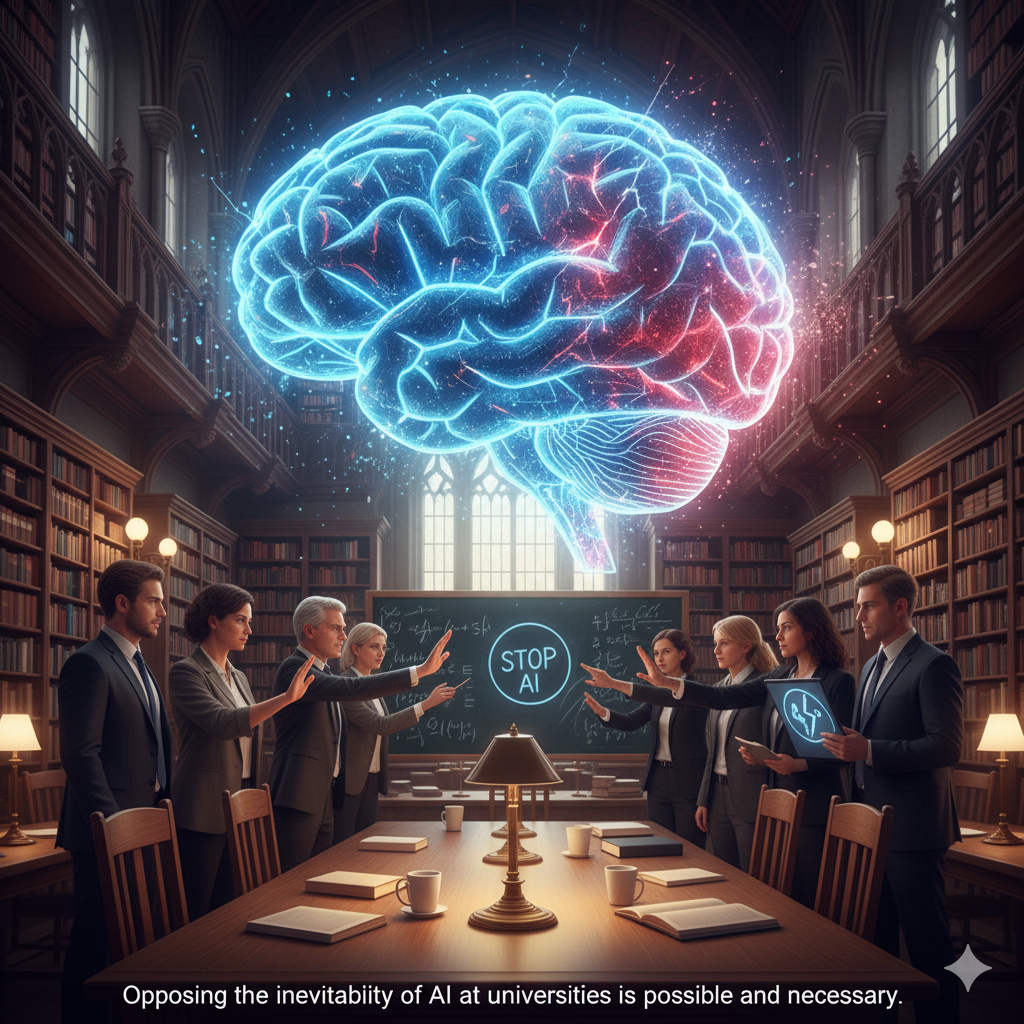
Source
Radboud University
Summary
Researchers from Radboud University argue that AI’s spread in academia is being framed as inevitable, but pushback is both possible and essential. They warn that uncritical adoption—especially when backed or funded by industry—threatens academic freedom, distorts research priorities, risks deskilling students, and contributes to misinformation and environmental harm. The paper urges universities to reassert their values: have transparent debates, maintain independence from industry influence, preserve consent, and retain human judgement as central to education and research.
Key Points
- AI adoption in universities is often assumed to be inevitable, but this is a narrative device not a necessity.
- Industry funding of AI research risks conflicts of interest and distorting knowledge.
- Uncritical AI use risks deskilling students (critical thinking, writing).
- Universities adopting AI redefine what counts as knowledge and who defines it.
- Call for transparency, debate, consent, independence, and retaining human judgment.
Keywords
URL
Summary generated by ChatGPT 5





